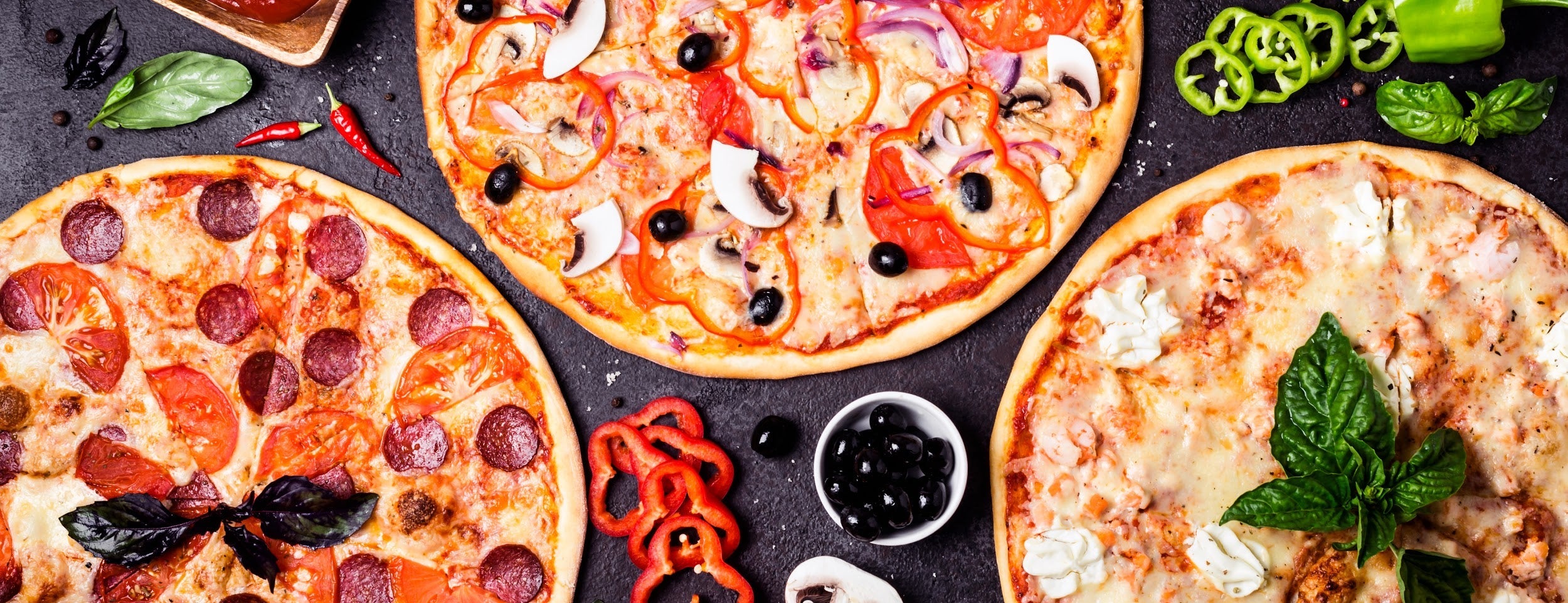Pizza Stone vs. No Pizza Stone: Does a Stone Really Make for Better Crust?

Like the versatile food it is, pizza can be cooked in a variety of ways. One popular method is to use what’s called a pizza stone. Some say a pizza stone makes for a better crust, but how accurate is this claim? Take a look at the differences between cooking with and without a pizza stone to decide for yourself.
What Is the Purpose of a Pizza Stone?
A pizza stone is a specialized baking surface traditionally made from a hard, porous material like ceramic or stone. If you’re using a conventional home oven or metal pizza oven, using a pizza stone can help approximate the effect of using a brick oven.
Because of its porous nature and imperfect surface, a pizza stone is able to let evaporating steam and moisture escape more readily. More importantly, the pizza stone heats evenly and holds a high heat well throughout cooking. The goal is to achieve a crisp, evenly baked crust.
What’s the Difference?

A preheated pizza stone puts the crust in contact with a hot surface right away, giving it an immediate surge of heat energy. Combined with the moisture reduction, the crust should end up crispier than it would without the stone. In theory, the even distribution of heat throughout the stone should cook the crust more evenly throughout, minimizing soft or under-baked areas.
Does using a pizza stone really make for a better pizza crust? Possibly! There’s no question that using a pizza stone does make a difference in cooking. Ultimately, though, it’s a matter of personal preference. If you want to make authentic Neapolitan-style pizza and “crispier” means “better” to you, a stone is a must-have.
Lots of other things can affect the way your crust turns out, like the ingredients in the pizza dough, the thickness of the crust, or the quality of the oven. In addition to trying a pizza stone, don’t be afraid to play around with your options to achieve your ideal crust.
How to Properly Use a Pizza Stone
The pizza stone should go into the oven in advance so that it can heat to the right temperature. When it’s hot enough, place the pizza (room temperature, not chilled) on the stone and bake as directed. If you need to rotate the pizza while cooking, use a pizza peel to lift and move it on the stone.
Should I Clean My Pizza Stone After Every Use?
Caring for your pizza stone is straightforward yet vital for its longevity. It’s good practice to clean your stone after each use, but this doesn’t mean a thorough scrubbing.
When finished, allow the stone to cool completely before removing it for cleaning. It is best to dry clean your pizza stone using a brass bristle brush to remove any hardened food debris. You’ll want to avoid using liquids to clean the stone, as any moisture that gets absorbed into the stone can cause it to crack the next time you preheat the oven.
You’ll also want to avoid using cleaning chemicals to clean your stone, as you don’t want to ingest harmful chemicals that have been in contact with the food baked on a stone that has been cleaned in this manner.
Never try to season a pizza stone like you would other cookware. There’s also no need to add flour or semolina to the stone before placing your pizza on it. These methods will only cause smoke and may even leave your stone smelling bad.
A Pizza Oven and Pizza Stone Are the Perfect Match

If you’re thinking about expanding your backyard cooking options with an outdoor pizza oven, a pizza stone is an ideal accessory. It’s also perfect for beginner pizza chefs, as it makes it easier to get the results they want without added effort.
For the best results, make sure you use it with a quality oven that heats evenly, maintains a consistent temperature, and is properly ventilated. Even with a great crust, things like unmelted cheese and unevenly baked toppings can be disappointing.
Fontana Forni offers a variety of gas and wood-fired ovens that come with a saputo biscotto pizza stone (able to cook at 850°F for 60-90 seconds without burning the crust!). Shop our stone-inclusive models online and discover the difference a pizza stone can make.



